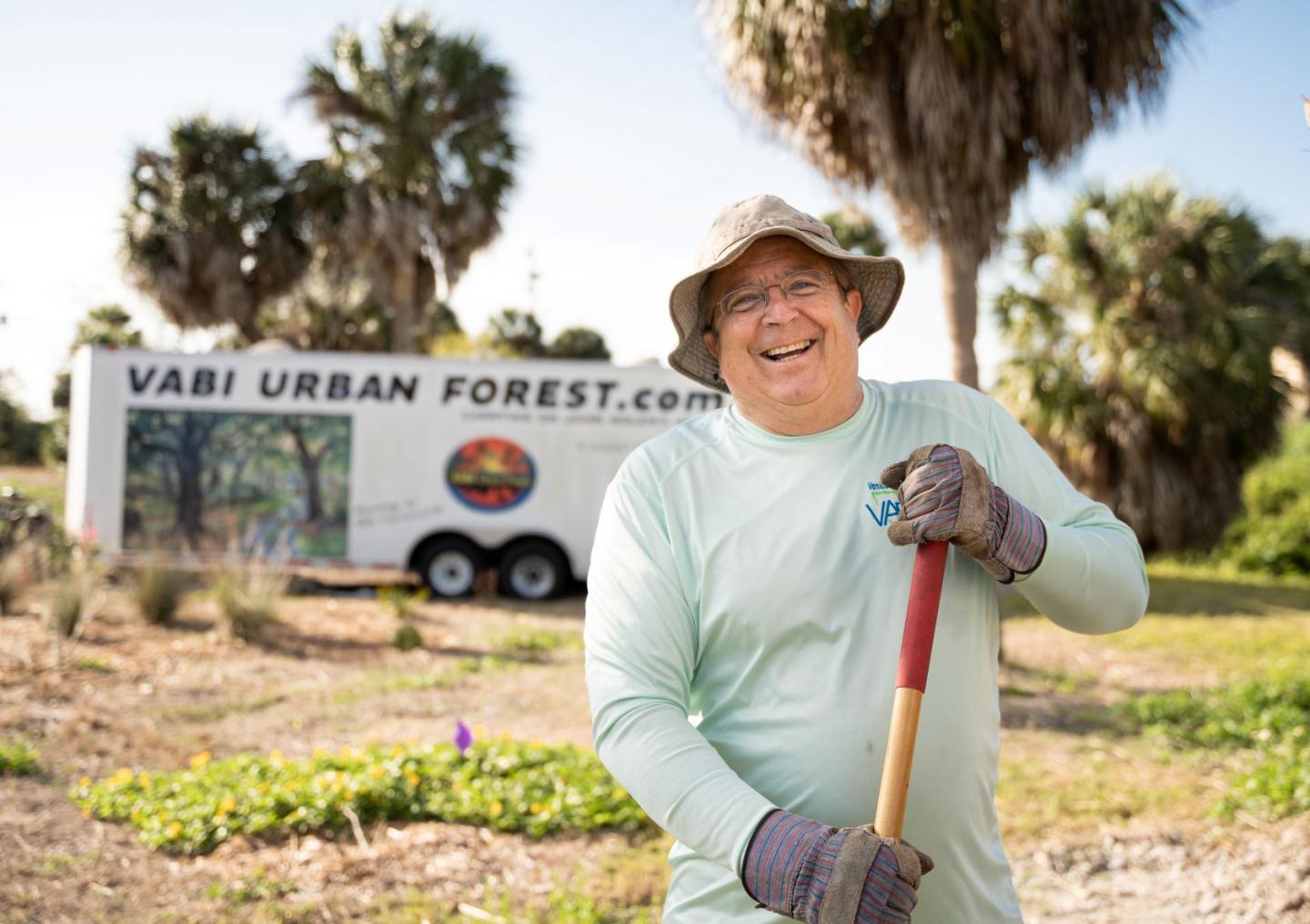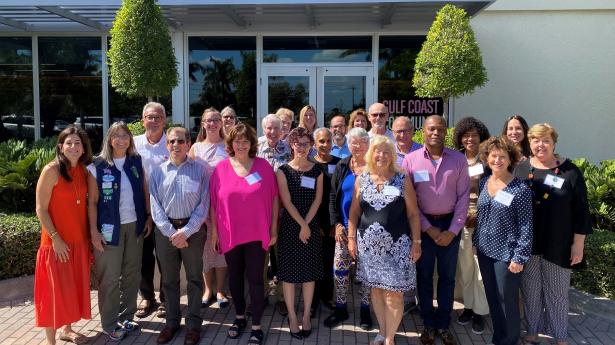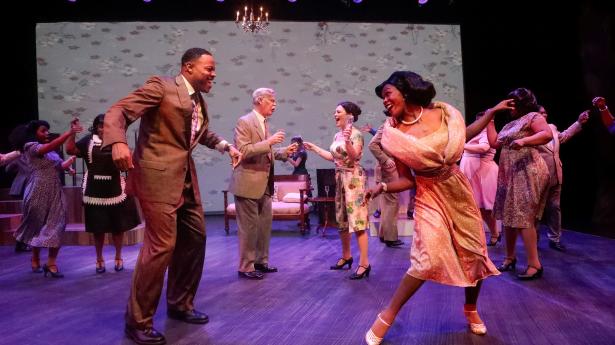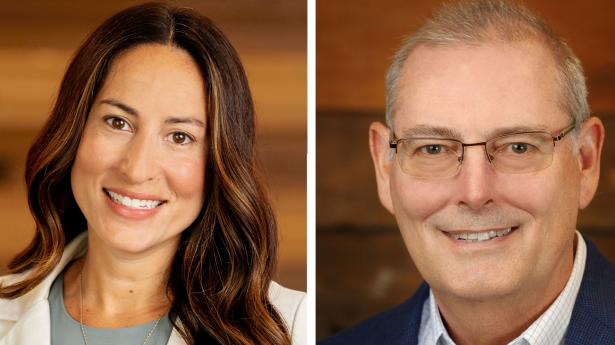
Gulf Coast Invests $100,000 More into Venice Urban Forest
Enter the Venice Urban Forest, and you’ll likely see hosts of white sulphur butterflies fluttering among bunches of poor man’s pepper plants. Look up as you stroll farther, and various species of birds might be stopping to feed or rest amid the branches of the more than 600 native trees planted here over the last few years.

What used to be an empty stretch of land tucked between the Venetian Waterway Park and the Seaboard industrial area is becoming a leafy, green oasis for both human and animal visitors. This emerging wildlife corridor and environmental buffer is an innovative project being led by Venice Area Beautification, Inc. (VABI), a nonprofit dedicated to making Venice a more beautiful place to live, work, and play.
Gulf Coast Community Foundation recently made its third $100,000 matching grant to support the project, which will transform an abandoned railway bed into a nearly two-mile greenway along the Intracoastal Waterway from the Venice Train Depot south to Center Road and U.S. 41. The latest Gulf Coast grant—awarded in June—is helping to fund the second segment of the project’s Phase 2. VABI receives the grant funds in $25,000 installments each time it raises an equal amount from other sources in the community. It already has raised enough for its first installment from the new grant.
Great Volunteers, Good Planning, Methodical Approach
Earlier phases of the Venice Urban Forest project, which kicked off in April 2018, included the planting of those native trees plus some 2,500 understory plants and two butterfly gardens, as well as the installation of an in-ground irrigation system that uses reclaimed water.
The new Gulf Coast funding will help VABI continue to enhance and grow the forest southward. For example, VABI’s dedicated volunteers (who call themselves the “Foresters”) will plant scrub oaks to expand habitat for the Florida scrub jay. The Urban Forest will provide a critical resting and feeding stop for the vulnerable Florida scrub jay, the only species of bird endemic to Florida.
The current segment also will include planting strangler figs to help support other bird populations. Troublesome invasive vegetation such as pepper trees will continue being removed, along with large amounts of abandoned concrete pipe, steel, and other debris now at the site.
“With this generous matching grant from Gulf Coast Community Foundation and the additional donations it will inspire, our great volunteers, good planning, and a methodical approach will allow us to complete phase 2 of the Venice Urban Forest,” says Greg Vine, chair of the Urban Forest project.
For the Birds and the Bees

To achieve the project’s goals of serving as a wildlife corridor and environmental buffer, trees are specially selected to ensure that they are an optimum height and girth to maximize their chances of survival and their rapid growth into mature trees. Plantings also complement the existing trees in the forest, and many of the new trees will provide a canopy beneath which other trees, plants, animals, and insects can thrive. (As VABI’s Foresters like to say, they “do it for the birds and bees!”)
The eventual third phase of the Urban Forest project will focus on installation of additional irrigation piping to irrigate all the new trees and understory plants. The survival of the trees and plants depends on regular watering to promote growth and reduce the potential for die-off, especially during the hot summer months.
To learn more about the Venice Urban Forest or to make a donation in support of the project, visit VeniceUrbanForest.com.



